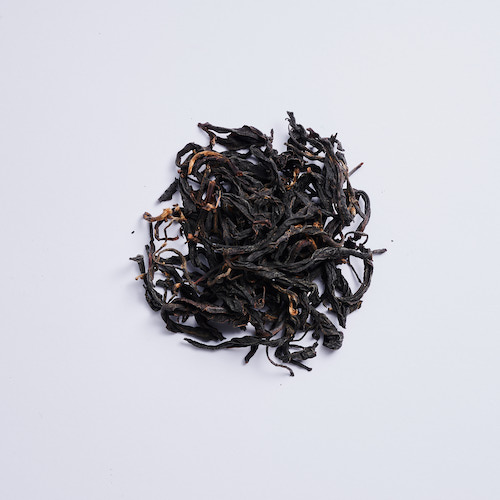Black tea is a robust and versatile type of tea that has a rich history and a profound cultural impact worldwide. Its flavor profile can range from malty and sweet to smoky and earthy, depending on where it’s grown and how it’s processed.
As one of the most popular types of tea, black tea is known for its full-bodied taste and strong, lingering aroma. Unlike green or white teas, which undergo minimal oxidation, black tea is fully oxidized, giving it its distinctive dark color and complex flavor profile.
How Black Tea is Processed and Produced
The production of black tea involves several key steps that significantly influence its flavor:
- Withering: Freshly plucked leaves are spread out to lose moisture, becoming pliable and preparing them for processing.
- Rolling: The leaves are then rolled, either mechanically or by hand, to break them and release essential oils that enhance their aroma and flavor. The rolling method can vary, affecting the tea's infusion characteristics.
- Oxidation: Next, the leaves undergo oxidation, where exposure to air transforms them from green to a rich coppery red-brown. The duration of this process determines the tea's darkness and boldness of flavor.
- Drying: After achieving the desired oxidation, the leaves are dried through methods like baking or sun-drying to halt oxidation and lock in their distinct flavors.
How Black Tea Differs from Green Tea and Oolong
Understanding the differences between various types of tea can enhance your appreciation of their distinct qualities. The table below compares black tea, green tea, and oolong tea based on their oxidation levels, production methods, flavors, and caffeine content.
| Characteristic | Black Tea | Green Tea | Oolong Tea |
| Oxidation Level | Fully oxidized | Minimal oxidation | Partially oxidized |
| Color of Leaves | Dark brown or black | Green or pale green | Ranges from greenish to dark brown |
| Flavor Profile | Robust, full-bodied, malty, sweet, or smoky | Light, grassy, and vegetal | Floral, sweet, with varying levels of richness |
| Production Method | Withering, rolling, full oxidation, and drying | Steaming or pan-firing to prevent oxidation | Partial oxidation with a unique "twist" process |
| Caffeine Content | Higher compared to green and oolong | Lower than black tea | Medium |
| Typical Brewing Temperature | 90-95°C (194-203°F) | 70-80°C (158-176°F) | 80-90°C (176-194°F) |
Popular Types of Black Tea
Taiwanese black teas are gaining recognition for their exceptional quality and unique flavor profiles, setting them apart in the world of tea. Among the most celebrated varieties is Ruby Black Tea, known for its smooth, honey-like sweetness, crafted from the native Camellia formosensis and Assam hybrid. It delivers a distinct minty taste complemented by rich caramel undertones.
Another standout, Small-Leaf Black Tea, boasts a unique natural maltose flavor, a result of traditional expert baking. This meticulous process imparts a rich and distinctive taste that promises to make your day more joyful.
With every sip, tea enthusiasts are beckoned to embark on a sensory journey, discovering the rich tapestry of flavors and aromas that define the vibrant world of Taiwanese black tea. Each cup tells a story of dedication and tradition, inviting you to savor the essence of Taiwan in every delightful drop.
